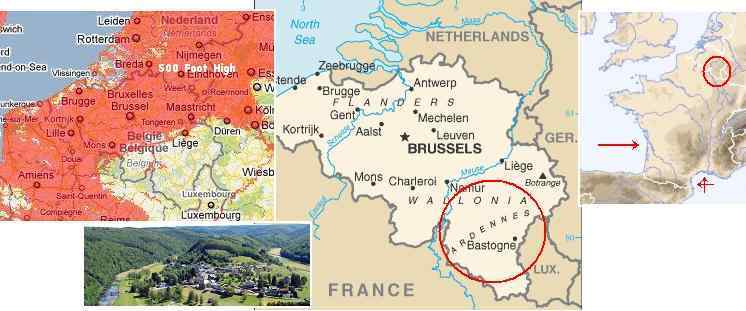
| |
 |
![]()
The clash of water sloshing in from the Atlantic and the Mediterranean
that will reach up into the Alps at Switzerland is due to many factors, as
we have explained. We have described the direction of slosh during the
pole shift, where France and Spain will be rushing toward the northwest
during the crustal shift, thus causing water to be pushed down along the
UK and the coast of Spain. But note that this water will be trapped
in the Bay of Biscay! It will roil there, with no escape except inland, as
the pressure will come from the Atlantic, relentlessly. Water
takes the path of least resistance and does not move in the
direction of water under pressure. It prefers to move overland, and will
do so.
When this initial pole shift tide encounters a slosh from the
Mediterranean, which will have a different rate of slosh being a smaller
body than the Atlantic, the flow overland is also blocked, and thus tidal
bore in central France and up into the Alps at Switzerland will occur.
Note that the Mediterranean will backwash up the Rhone River and the
Atlantic will backwash along the rivers emptying into the Atlantic at
Bordeaux. When these waters clash, tidal bore will climb up.
Those who have observed tidal bore, water under pressure, are astonished
at the height water can climb in these circumstances. Watch waves as they
rise to crash on the beach. They rise higher than the water in
the sea, but only rise when there is nowhere else for the water to go. In
the case of the sloshing over France, this point is at the foothills of
the Alps at Switzerland, and thus the rapid and astonishing rise is likely
to occur there.
Northern France and countries along the English Channel will not have this
problem, as the English Channel is sufficient to allow the tide to sweep
along. Places where the pole shift tide can become trapped, such as the
Bristol Channel, should brace for a pole shift tide higher than 500 feet,
closer to the 600 foot limit, as we have explained. But the Bay of Biscay
will trap more water than the Bristol Channel, and thus the
force of water overland and the tidal bore in central France can be
expected to be voracious at some points. Will the Ardennes be a safe
location during the European tsunami expected to assault the European
coastline during the 7 of 10 scenarios? It will be sufficiently inland and
sufficiently high, and will be so during the hour of the pole shift also.
ZetaTalk ™ July 2, 2011
